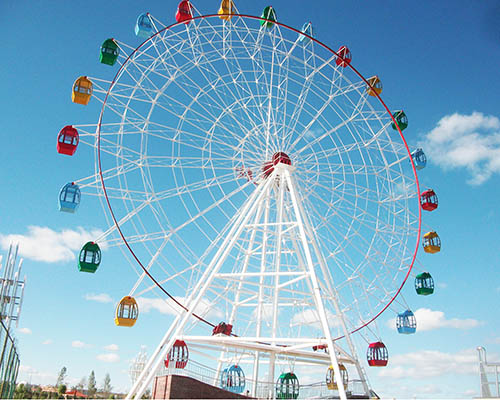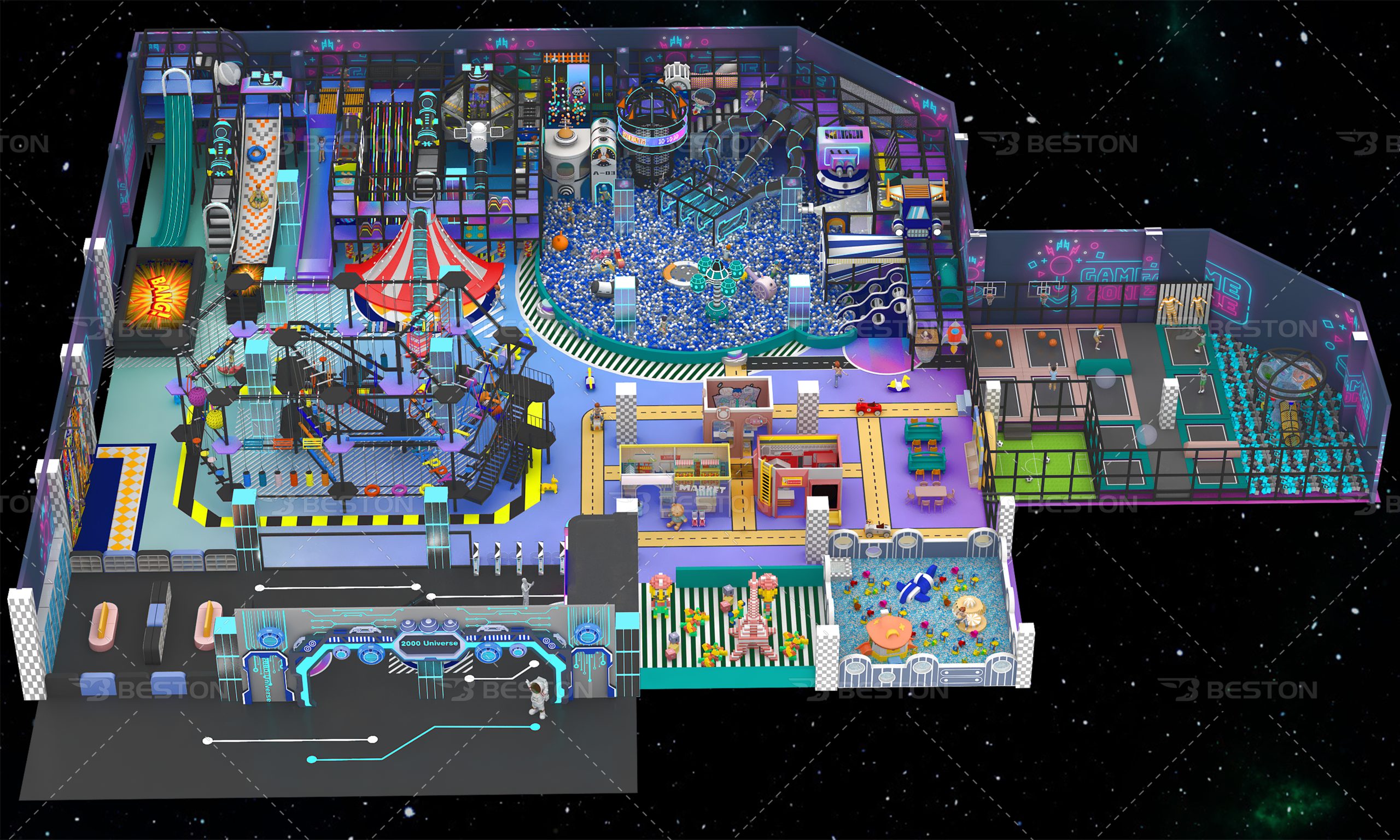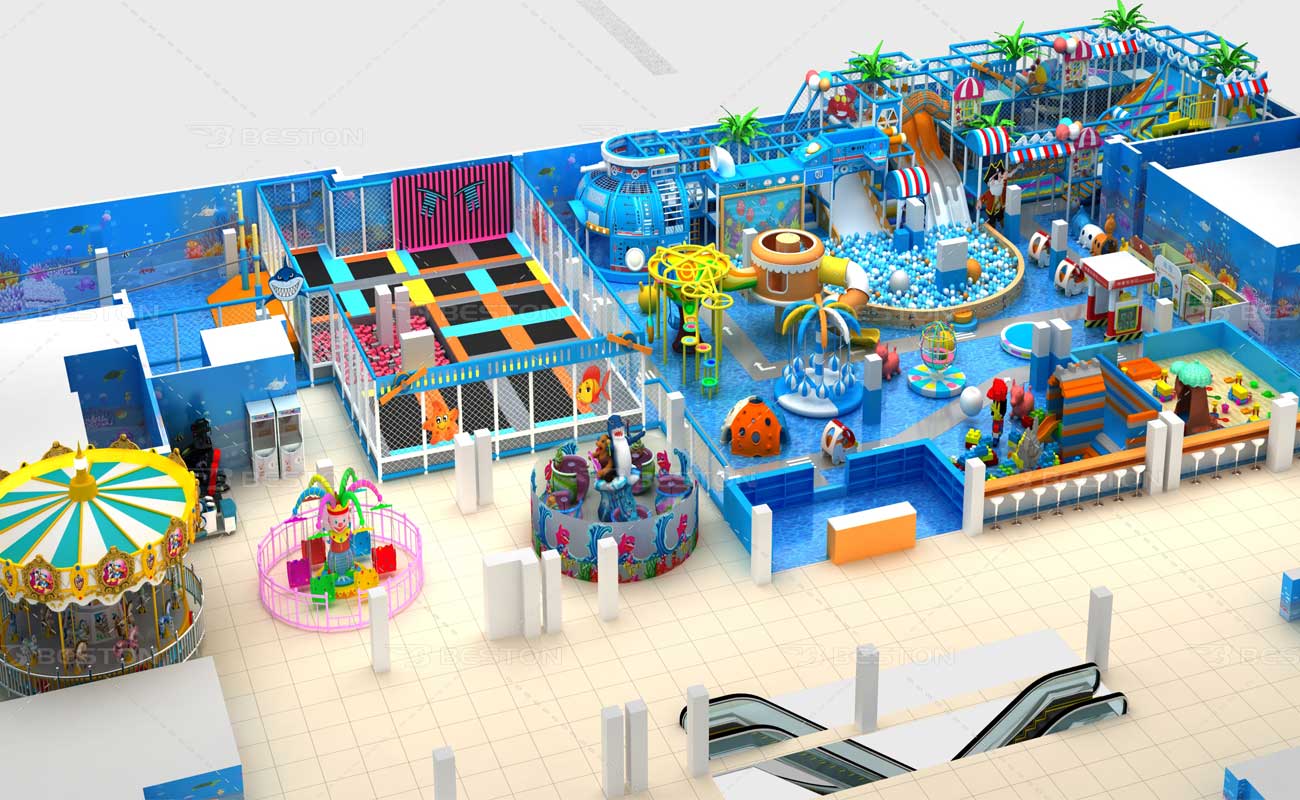Understanding Who Will Use Your Play Space
Before browsing equipment models or comparing prices, the most important step is defining the target user group. The needs of toddlers, preschoolers, school-aged children, and mixed-age families differ dramatically. Playground equipment (игровой лабиринт) designed for one age bracket may be unsuitable for another—both for safety and engagement.
Why Age Range Determines Every Design Decision
Children at different developmental stages require different play structures. Toddlers require soft, low-level obstacles with stable handholds, while older children want climbing challenges, speed activities, and more complex motion elements. A mismatched design often leads to underused equipment, possible injuries, and low customer satisfaction.
By identifying your core participants early, you avoid planning mistakes that can lead to expensive redesigns. Age-range planning influences safety specifications, layout, staffing levels, and the overall customer journey.

Key Age Group Categories and Their Equipment Needs
Toddler-Focused Areas (1–3 Years Old)
Toddlers need the safest, softest environment. Recommended features include soft-play blocks, low-height slides, mini climbing pads, sensory walls, rounded-edge panels, and fully padded flooring. These components resemble kiddie rides (детские аттракционы) in their gentle motion and high-safety design. Supervision lines should be short and sightlines clear so caregivers can watch children at all times.
Preschooler Zones (3–6 Years Old)
Preschoolers enjoy imaginative play and mild physical challenges. Good options include short climbing frames, mini mazes, themed tunnels, ball pits, and small rope bridges. Themed structures that support role-play are especially effective; they encourage socialization and cognitive play without introducing risky heights or speeds.
Junior Adventure Areas (6–10 Years Old)
Children in this group are the core users for many indoor centers: they seek excitement, speed, and competition. Multi-level play towers, fast tube slides, spider-net climbs, obstacle courses, and interactive panels are strong choices. This level approaches the engagement of medium-intensity amusement rides (аттракционы виды) —dynamic, physical, and social.
Mixed-Age Facilities
When serving multiple demographics, clearly separate zones by age to avoid safety conflicts. Physical dividers, different floor surfaces, signage, and staffing all help keep toddlers protected from older children’s energy. Proper zoning increases customer satisfaction and reduces liability.
Evaluating Safety Standards Based on Age Groups
Each age group has unique safety requirements. When equipment does not match a child’s ability, risk increases. Important safety considerations include fall-height limits, handrail spacing, soft surface materials, simple entry and exit points for younger children, and impact-absorbing padding.
Materials such as high-density foam, durable vinyl covers, and rounded-edge plastics are critical. Compliance with international safety standards and local regulations should be verified for every piece of equipment purchased.
Space Planning With Age Range in Mind
Different age groups require differing floor and vertical space. Toddlers need open, visible play spaces for supervision. School-aged children need vertical clearance, multi-level platforms, and racing paths. A practical layout recommendation:
- Toddlers: Open-floor design with seating for parents around the perimeter.
- Preschoolers: Medium-height playframes in compact footprints.
- School-aged children: Taller structures for climbing and sliding.
- Mixed-age: Dedicated, separated, color-coded zones and clear signage.
Enhancing Play Value for Each Age Bracket
Playground equipment (оборудование для детского развлекательного центра) should be both safe and developmentally appropriate. Children return to playgrounds that challenge them without causing frustration. Examples of play-value elements:
- Toddlers: Sensory walls, color exploration, and motor-skill soft activities.
- Preschoolers: Simple puzzles, role-play features, and gentle climbing.
- School-aged kids: Speed slides, rope challenges, and competitive group games.
Designing for age psychology—what motivates each group—boosts repeat visits and positive word-of-mouth.
Selecting a Reliable Manufacturer for Age-Targeted Equipment
Not all manufacturers are equal in safety testing, material quality, or age-specific engineering. When evaluating suppliers, check for:
- Compliance with international safety standards
- Proven experience producing equipment for your target age group
- Quality of materials: steel thickness, foam density, vinyl durability
- Customization options for zoning and age separation
- Availability of spare parts and responsive after-sales support
A reputable supplier will also help match equipment choices to your demographic goals and floor plan, minimizing the risk of costly post-installation changes.
Final Insights: Age Planning Is the Key to Successful Indoor Playgrounds
Equipment size, style, and cost are important, but the age range of your visitors determines almost every decision—from safety standards and layout design to staffing and play value. Indoor playgrounds designed with clear age-appropriate zones attract more families, reduce operational risks, and deliver stronger long-term profitability.
Careful planning ensures that your investment performs well, integrates into your space, and appeals to the children you serve. Whether you operate a small toddler room or a full family entertainment center, designing with age in mind helps you build a safer, more enjoyable, and more successful attraction.


